Do Supermassive Black Holes Come From Supermassive Stars?
By Ralph Crewe
The gargantuan supermassive black holes at the center of seemingly every galaxy are among the most fascinating and extreme objects known to modern astronomy and cosmology. With masses well in excess of millions, and sometimes billions that of our Sun, it is nearly impossible to comprehend the extraordinary size of these celestial leviathans. One of the great mysteries of modern astrophysics is answering how such enormous objects got started. In a press release published on March 10th, researchers propose that the origins of supermassive black holes may lie with long since extinct, first-generation stars with masses far above the most massive stars in the modern Universe. Not only do they propose such giants existed, but also they suggest that they’ve found a way to detect a particular subset of these stars. This breakthrough is thanks to our old friend, Einstein’s General Theory of Relativity.
The most massive stars in the Universe today weigh in near 150 solar masses. The primordial supermassive stars thought to be the origin or seed of supermassive black holes are believed to be orders of magnitude more massive. We’re talking in the 10,000-100,000 solar mass range! When stars enter this mass regime, their behavior is markedly different than that of more modern and modestly massive stars.
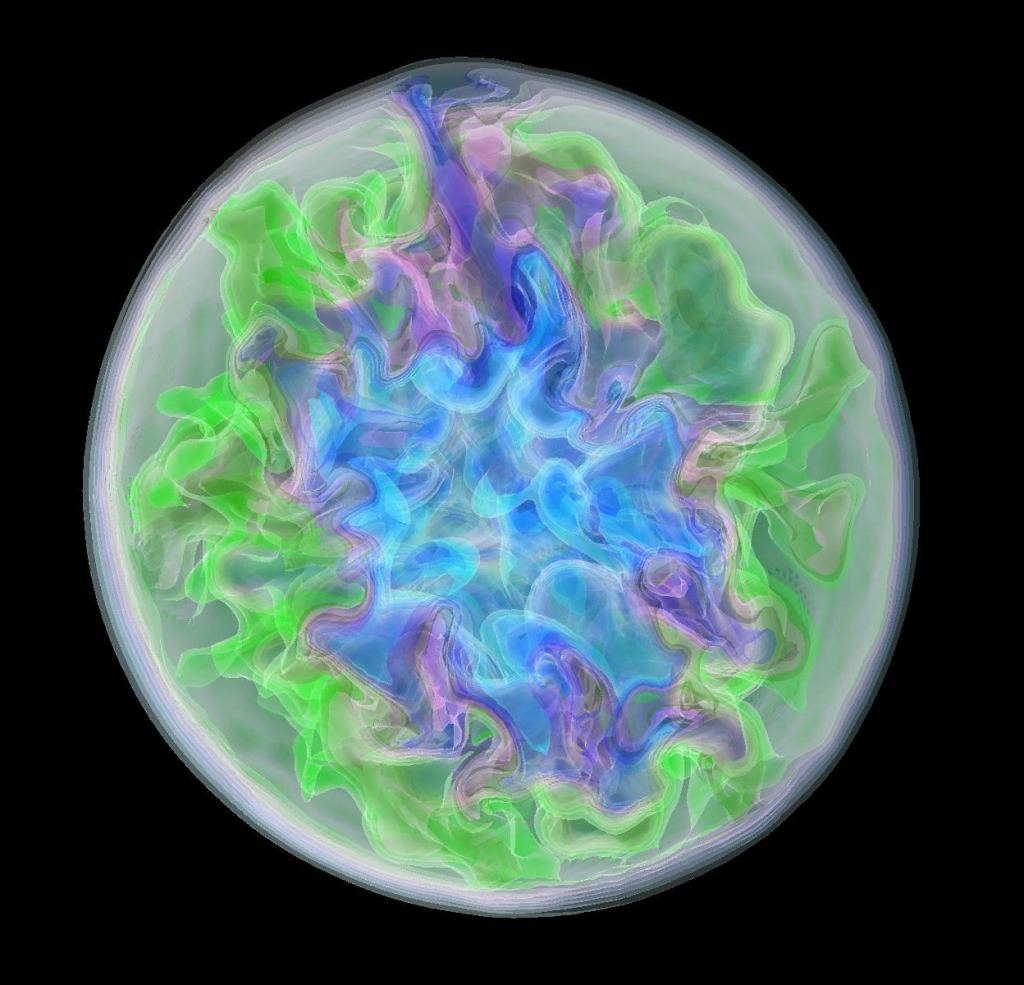
When these vast stars burn out at the end of their lives, the gravity is so strong that they can collapse directly into a black hole without the spectacular supernova explosions that we associate with massive star death today. This poses a real problem when it comes to detecting these events. Obviously, black holes are dark, and without a bright, signature supernova, these extreme stars would be rendered essentially undetectable. Keep in mind that since these stars only existed for a short time during the earliest stages of galaxy formation in the young Universe. We can only see their neighborhoods by looking billions of light-years away, and thus billions of years into the past.
I spoke with one of the lead researchers about the ingenious, relativistic solution to this seemingly unsolvable mystery. Dr. Ke-Jung Chen of Academia Sinica Institute of Astronomy and Astrophysics in Taipei, Taiwan, commented on a ‘sweet spot’ in the mass of these stars revealed by extensive modeling.
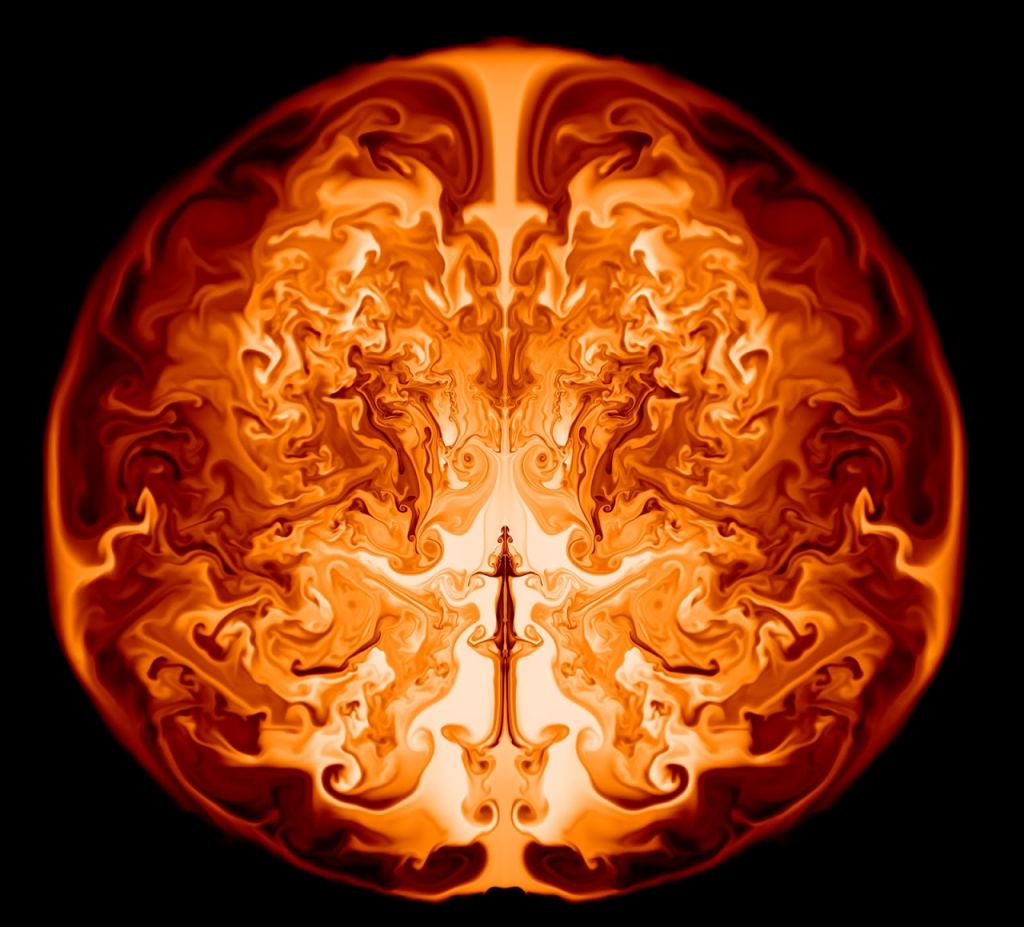
“The model showed that at about 55,000 solar masses, there was a very interesting behavior due to general relativity.” Chen explained, “…because Einstein says the energy of everything, photons, gas, etc., contribute to the gravity field. The pressure starts to contribute to the gravitational field… it starts a violent nuclear reaction and then releases a large amount of energy and a supernova explosion.”
Dr. Chen went on to explain that this occurs only at the sweet spot of 55,000 solar masses. Less than that and the relativistic contribution is too little to cause these particular violent nuclear reactions. More and the gravity is so extreme that everything ends up within the black hole and all we see is darkness. With the billions of galaxies out on the edge of the observable universe, it is incredibly likely that at least some of these goldilocks 55,000 solar mass supernovae should be detectable.
Another question that immediately comes to mind when considering these primordial stellar giants: Why don’t we see stars this size in the modern Universe?
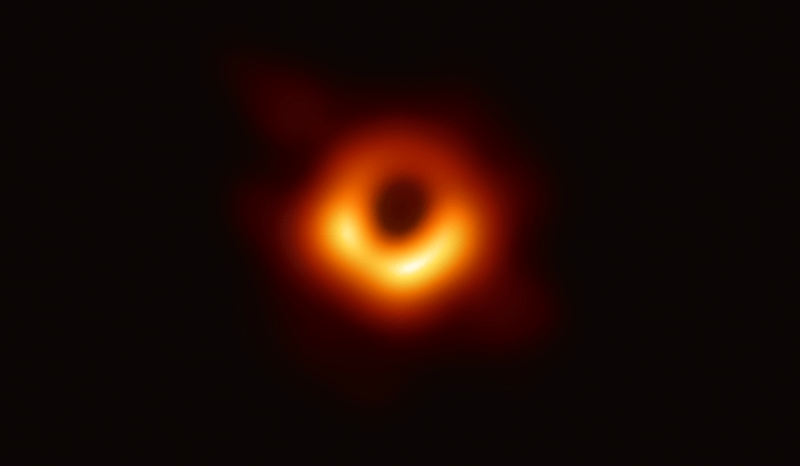
“We believe a supermassive star can only form in the early Universe. This is because of metals, that is, elements other than hydrogen and helium. In the Big Bang, we only have hydrogen and helium and a tiny amount of lithium. We don’t have carbon, oxygen, elements required to make life, etc. Because those (metals) elements have large atomic numbers and many electrons in their orbits, they can form molecules and compounds. This will cool the (surrounding) gas efficiently, leading to collapse and the formation of a star cluster.” Essentially, without heavy elements leading to local cooling and condensation of gas clouds, a large volume of gas in the predominantly hydrogen and helium environment of the early Universe is more likely to collapse into a supermassive star rather than a multitude of stars as we see in the open clusters of the modern Universe. This conversation also highlights a fun habit of astronomers that drives some chemists mad, which is referring to all elements heavier than hydrogen and helium as metals!
Chen described his hopes for detecting the signature supernovae of those supermassive stars whose mass happens to land right on the 55,000 solar mass sweet spot. “These observations are possible, especially for the upcoming James Webb Space Telescope.” If so, the observations will shed light on the very nature of galaxy formation and evolution itself.
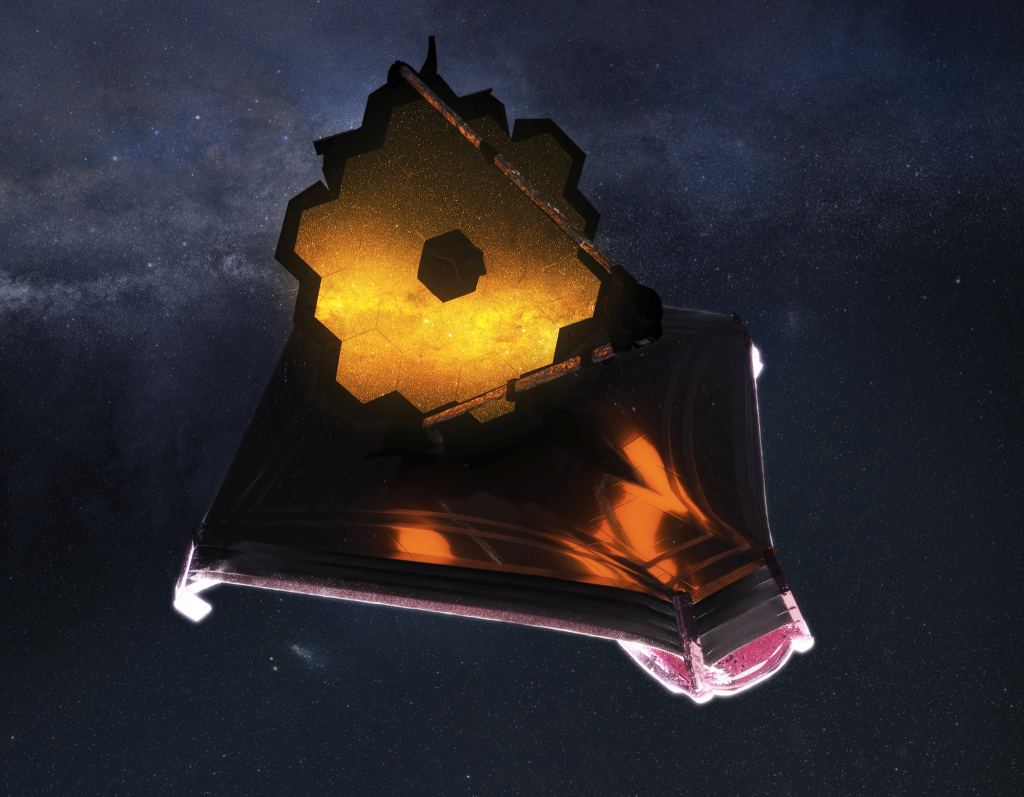
The fundamental nature of supermassive black holes may be linked to these supermassive stars. Sweet spot supernovae may light the way to a new era of cosmology. Dr. Chen beams with a sense of curiosity and a passion for discovery and exploration when describing his research. It’s hard not to feel the same sense of excitement, both for the fantastic observational and theoretical achievements that have led us here and the massive (pun intended) discoveries just around the corner.
Lead Image: Colors reveal complex interactions of oxygen abundance driving a supernova in a 55,000 solar mass star. Credit Dr. Ke-Jung Chen, ASIAA
Follow Ralph Crewe on Twitter @RalphCrewe
Watch Ralph Crewe explore unusual and fascinating topics on YouTube
MORE
2014 Paper on General Relativistic Instability
The post Do Supermassive Black Holes Come From Supermassive Stars? appeared first on Universe Today.
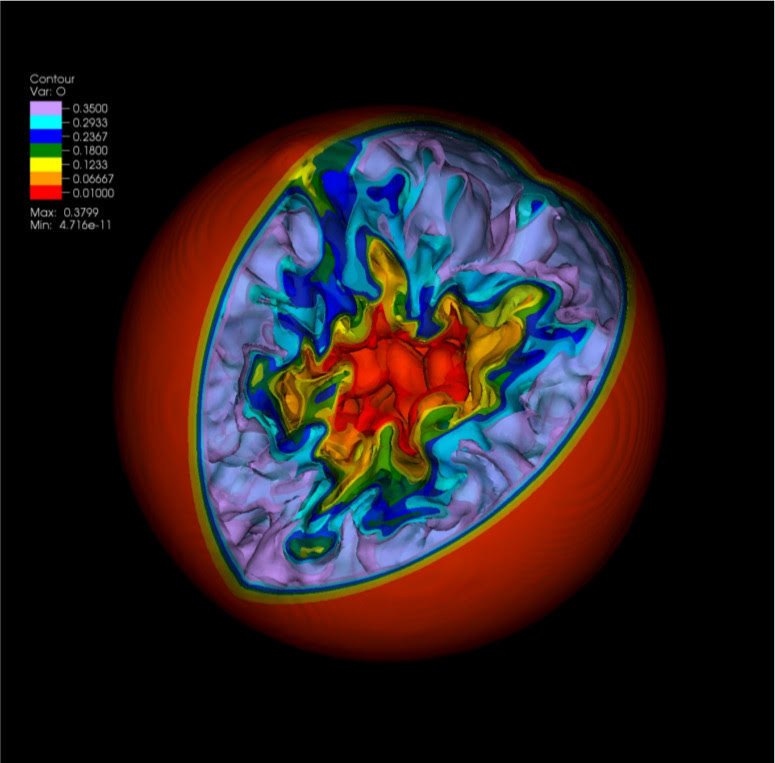
March 17, 2021 at 01:02AM
via Universe Today read more...

Post a Comment